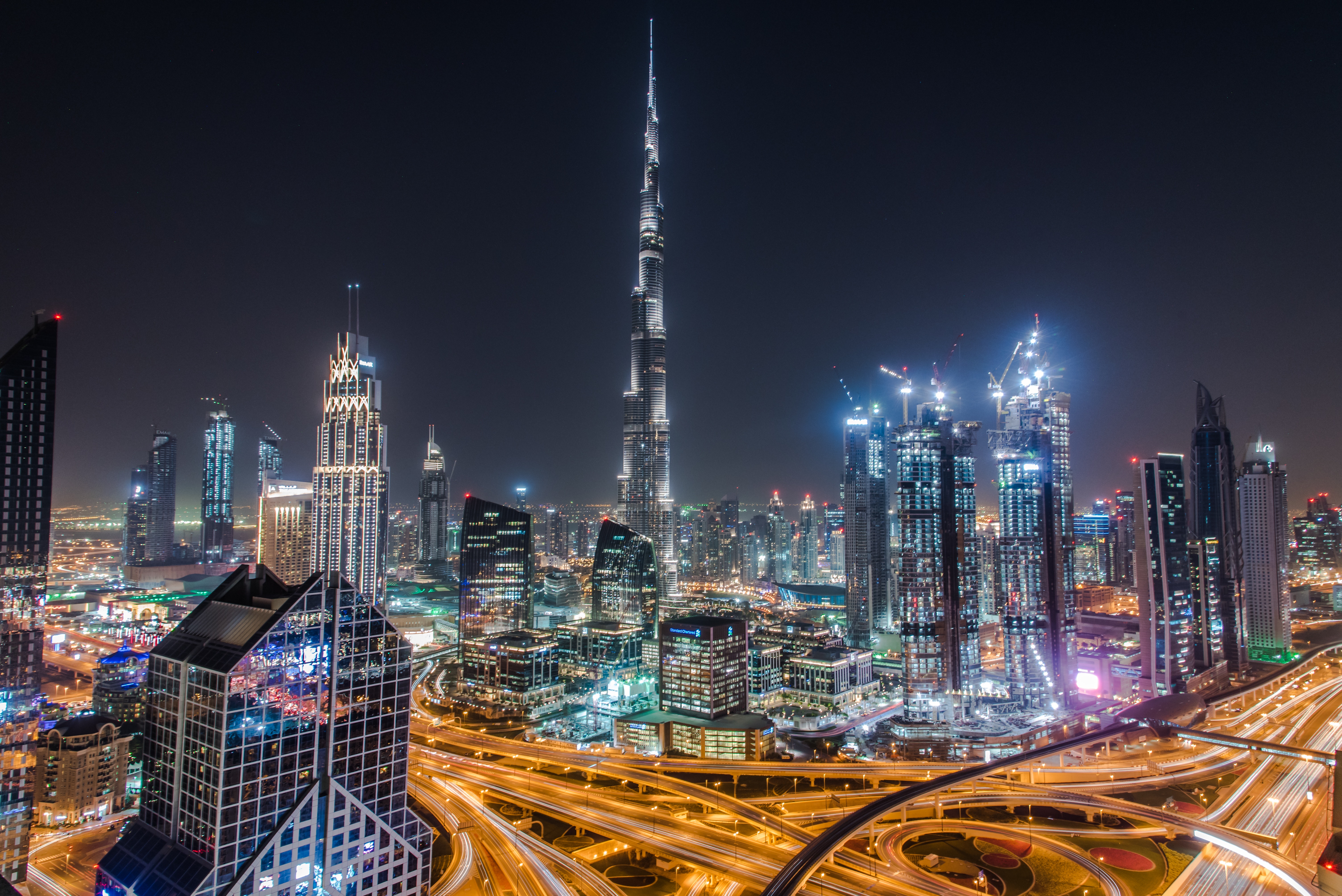
The initiative is part of a broader strategy by Dubai to bolster its image as a global hub for business and tourism. The newly revamped space features a striking display of greenery, highlighted by the prominent message "Welcome to Dubai," designed to greet visitors arriving in the Emirate. This visual spectacle, positioned at one of the busiest intersections, is expected to be a significant draw for both residents and tourists, contributing to Dubai's status as a leading cosmopolitan city.
The beautification project includes extensive landscaping efforts, incorporating various indigenous and climate-resilient plants, ensuring the site’s sustainability in the desert environment. The use of drought-tolerant plants aligns with Dubai’s broader sustainability goals, which focus on water conservation and environmentally friendly urban development. The careful selection of flora not only adds visual appeal but also demonstrates Dubai’s commitment to creating green urban spaces while mitigating the environmental challenges posed by its arid climate.
Dubai Municipality emphasized that the project’s design is both functional and environmentally conscious. The layout integrates green spaces with the city's infrastructure, promoting pedestrian accessibility while maintaining the efficient flow of traffic through the intersection. The project also includes the installation of energy-efficient lighting systems, which enhance visibility at night without significantly increasing energy consumption. These sustainable practices are in line with Dubai's vision of becoming a model for smart and sustainable cities.
This large-scale beautification effort is part of a series of urban enhancement projects launched by Dubai in recent years. The city has consistently invested in infrastructure and beautification programs aimed at improving the quality of life for residents and making the city more attractive to international tourists and investors. From the development of iconic landmarks such as the Burj Khalifa and Palm Jumeirah to the continuous expansion of green spaces and public parks, Dubai has positioned itself as a leader in urban design and sustainability.
Dubai Municipality's project at Airport Road and Sheikh Mohammed bin Zayed Road is expected to serve as a model for future beautification projects across the Emirate. Officials have indicated that similar initiatives are already being planned in other parts of the city, particularly in areas that serve as gateways for international visitors. These projects are part of Dubai’s comprehensive urban development plan, which seeks to create a balance between modern architecture, natural landscapes, and cultural heritage.
In line with Dubai’s ambitious goals for sustainability and urban development, the project also reflects the Emirate’s efforts to support the Dubai 2040 Urban Master Plan. This long-term vision outlines the creation of a more sustainable and human-centric urban environment. It focuses on increasing the amount of green and recreational spaces, enhancing connectivity across the city, and promoting environmentally friendly building practices. The beautification of key intersections and public areas is seen as an integral part of this plan, contributing to both the aesthetic and environmental goals set out by the Emirate’s leadership.
The beautification project at Airport Road and Sheikh Mohammed bin Zayed Road also highlights Dubai's use of innovative technology in urban development. Advanced irrigation systems have been installed to minimize water usage while ensuring the greenery remains vibrant year-round. These systems are controlled by sensors that monitor soil moisture levels, automatically adjusting the amount of water delivered to the plants. This approach not only conserves water but also reduces maintenance costs, making the project more sustainable in the long term.
Moreover, the design of the space is intended to create a welcoming and relaxing atmosphere for visitors and residents alike. The landscaping includes shaded seating areas and pedestrian-friendly walkways, encouraging people to spend time outdoors and enjoy the surroundings. The integration of art installations and green spaces with the city’s infrastructure is part of a growing trend in urban design, which seeks to merge functionality with aesthetics to improve the overall experience of urban living.
This project represents a significant milestone in Dubai’s efforts to enhance its public spaces. As the city continues to grow and attract millions of tourists each year, the need for such beautification efforts becomes increasingly important. Dubai has long been known for its iconic skyline and futuristic architecture, but initiatives like this show the city’s commitment to creating a more livable and visually appealing environment for its residents and visitors.
Topics
Live News
